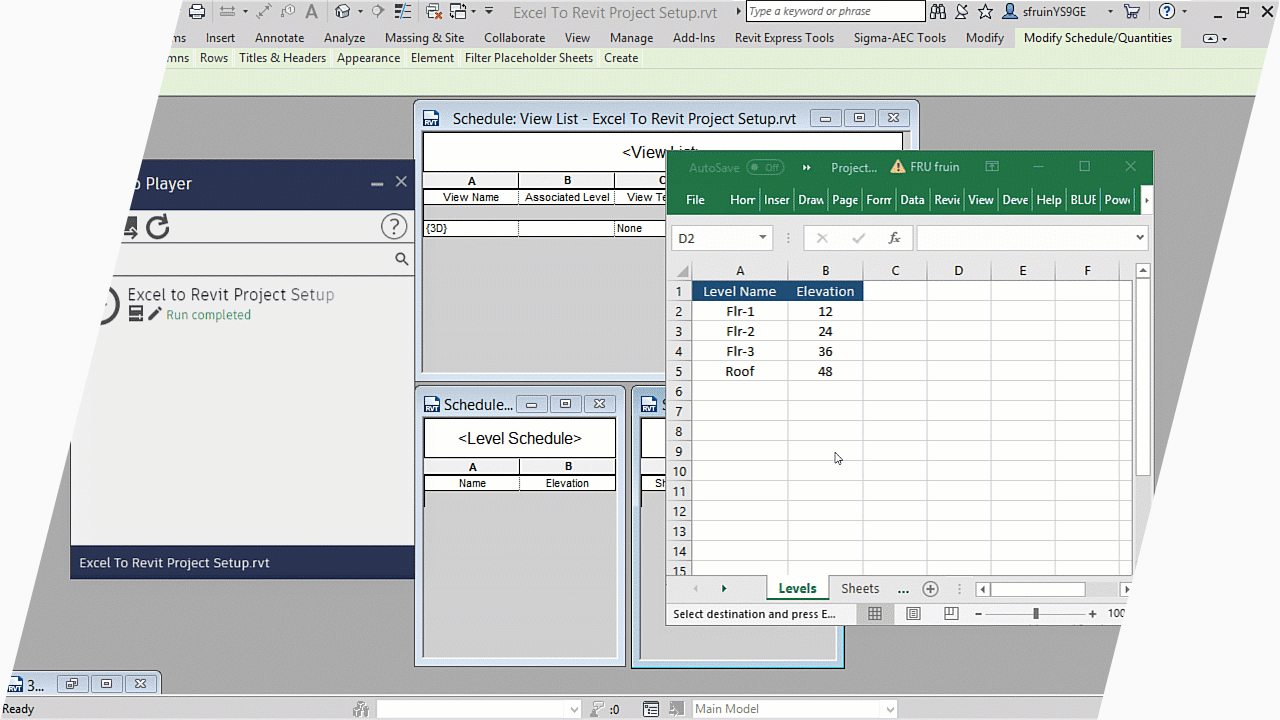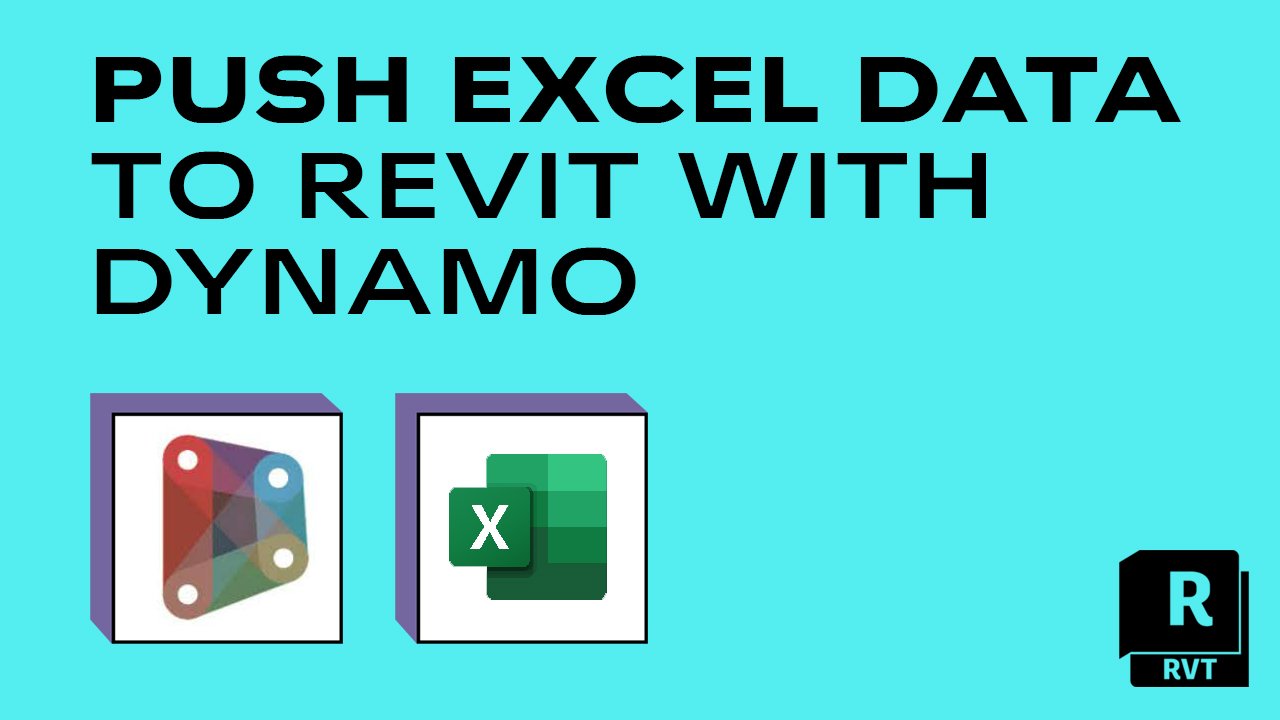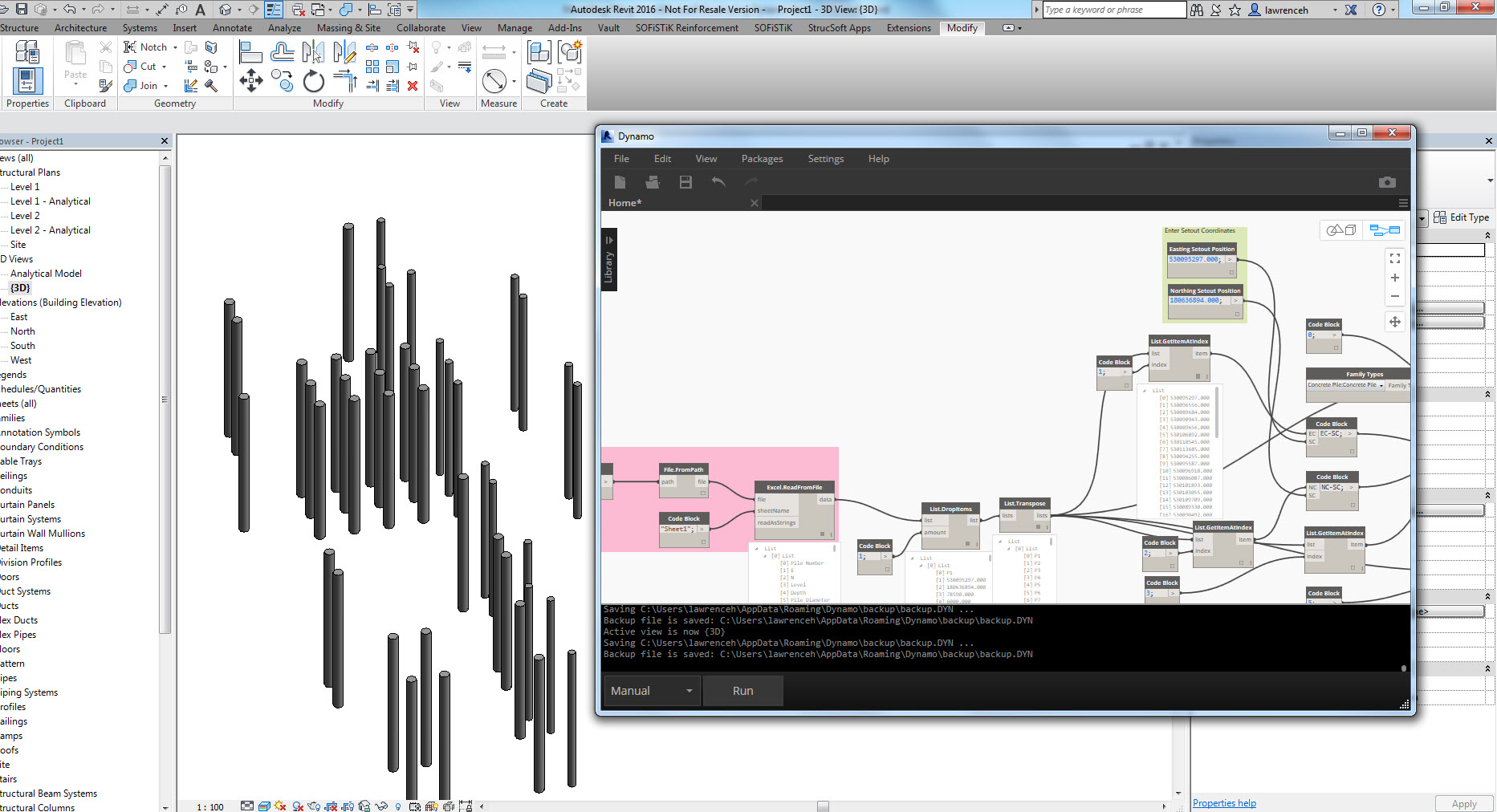Revit Add Ins: Broadening Your Style Capacities
Wiki Article
Damaging Obstacles: Excel Importation Techniques for Advanced Revit Users
Explore different data importation techniques and master Excel combination to boost your Revit modeling capabilities. With our pointers and tricks, you can overcome importation challenges and become a true specialist in using Excel for your Revit jobs.Advanced Revit Users: Leveraging Excel for Importation
You can conveniently leverage Excel for importation as an advanced Revit individual. Excel is an effective device that can substantially enhance your operations and effectiveness in Revit. With its ability to handle big amounts of data and execute complex computations, Excel can be an useful asset in handling and arranging your job info.One way to leverage Excel for importation is by utilizing the "Web link Excel" function in Revit. This feature allows you to connect an Excel spreadsheet straight right into your Revit project, enabling you to update and synchronize information between the 2 programs. This can be particularly beneficial when taking care of routines or tracking modifications in your project.
Another way to make use of Excel is by utilizing the "Import/Export" feature in Revit. This feature allows you to import and export information in between Revit and Excel, offering you the adaptability to collaborate with data in both programs. You can import information from Excel into Revit to produce components such as wall surfaces, areas, or doors, and you can likewise export information from Revit to Excel for further evaluation or coverage.

Exploring Data Importation Methods in Revit Using Excel
Checking out how to import data from Excel right into Revit uses reliable techniques for incorporating details. When you import information from Excel, you can flawlessly transfer information such as room timetables, product listings, and equipment information right into your Revit job. This process allows you to conserve time and effort by staying clear of manual information entrance.To import data from Excel into Revit, you can make use of the "Import/Export" attribute. This attribute allows you to map the Excel information areas to the corresponding Revit criteria, guaranteeing that the information is properly appointed within the design. By choosing the ideal import options, you can manage just how the information is imported and exactly how it communicates with your project.
One more approach for importing information from Excel right into Revit is by using Dynamo. With Dynamo, you can produce customized scripts that import data from Excel and manipulate it within your Revit job.
Understanding Excel Assimilation for Advanced Revit Modeling
Mastering Excel integration for advanced Revit modeling involves using effective techniques to seamlessly transfer data and automate jobs within your task. By utilizing the power of Excel, you can improve your Revit modeling operations and conserve valuable time. One crucial method is importing data from Excel spread sheets straight right into your Revit model. This enables you to occupy criteria, such as area names or product amounts, easily. With a couple of easy actions, you can map the Excel columns to the equivalent Revit criteria and import the information properly.Another valuable technique is exporting information from Revit to Excel. This allows you to extract information from your version, such as routines or product quantities, and assess it in Excel utilizing his explanation solutions, charts, or various other effective tools. By leveraging the capabilities of Excel, you can do complex computations, create personalized records, and gain beneficial insights right into your project.
Along with information transfer, Excel assimilation can automate repetitive tasks in Revit. By developing macros or scripts in Excel, you can automate procedures like producing views, creating sheets, or using conventional family members - import excel into revit. This not only conserves time but likewise makes sure consistency throughout your project
To grasp Excel integration in Revit, it is critical to recognize the information framework and how Revit connects with Excel. By acquainting yourself with the offered tools and strategies, you can unlock the complete possibility of Excel integration and take your Revit modeling to the next level.
Overcoming Importation Obstacles: Excel Techniques for Revit Specialists
When conquering importation challenges, it is very important to be knowledgeable about effective Excel strategies that can profit professionals in Revit. As an advanced Revit customer, you understand the significance of effortlessly importing information from Excel into your jobs. Nevertheless, you may run into numerous difficulties in the process. By utilizing efficient Excel techniques, you can get rid of these obstacles and improve your productivity.
One more valuable method is making use of the "Transpose" function in Excel. This enables you to transform information from rows to columns or the other way around. When importing her comment is here data right into Revit, this can be specifically handy when you have data in a vertical format in Excel, yet you need it to be in a horizontal layout in Revit.
Additionally, using Excel formulas such as VLOOKUP and INDEX-MATCH can considerably aid in mapping information from Excel to Revit. These solutions permit you to look for certain values in Excel and obtain corresponding information from one more column. This can conserve you time and initiative when importing big datasets into Revit.
Excel Information Importation Tips and Techniques for Advanced Revit Users
By acquainting on your own with effective Excel tips and tricks, you can boost your data importation procedure as a sophisticated user of Revit. Furthermore, using Excel's "Paste Special" attribute permits you to paste information from Excel into Revit while keeping formatting, such as cell shade or font style. One more valuable trick is to utilize Excel's "Replace and locate" feature to swiftly make changes to your data before importing it into Revit.
Verdict
You have now found out beneficial techniques for importing discover this data from Excel into Revit as an innovative customer. By leveraging the power of Excel integration, you can improve your modeling process and conquer any type of importation tests that might occur. With these tricks and tips, you will certainly have the ability to grasp data importation and boost your Revit abilities. So go on, break those obstacles and excel in your Revit tasks!
When importing information right into Revit, this can be especially practical when you have information in a vertical format in Excel, but you need it to be in a straight format in Revit.
Additionally, making use of Excel formulas such as VLOOKUP and INDEX-MATCH can considerably assist in mapping information from Excel to Revit. Additionally, making use of Excel's "Paste Unique" attribute allows you to paste information from Excel into Revit while preserving format, such as cell color or font style.
Report this wiki page